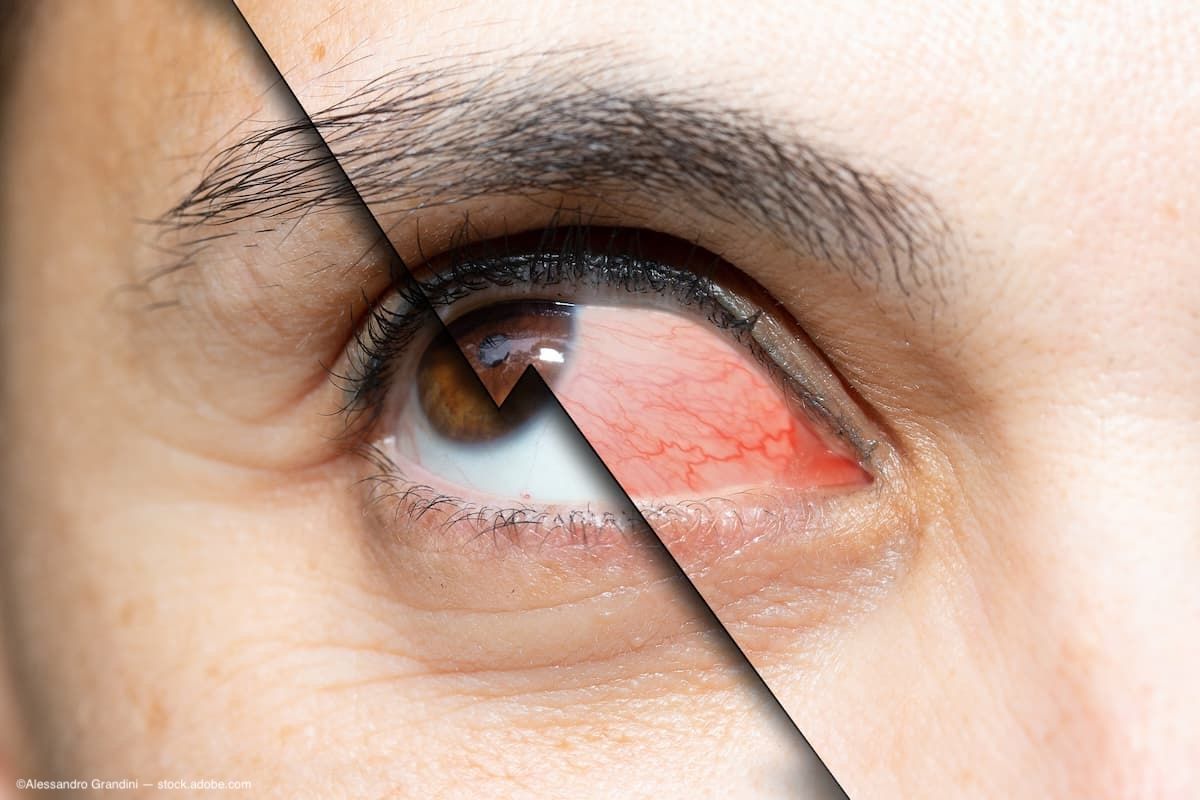Article
Intraocular lenses with +3-D add power achieve superior visual acuity
An aspheric apodized diffractive multifocal +3-D add power IOL provides superior intermediate vision and comparable distance and near vision compared with its +4-D add power counterpart.
San Francisco-An aspheric apodized diffractive multifocal +3-D add power IOL (AcrySof IQ ReSTOR +3 D [model (SN6AD1], Alcon Laboratories) provides superior intermediate vision and comparable distance and near vision compared with its +4-D add power counterpart (AcrySof IQ ReSTOR +4 D [model SN6AD3], Alcon), said Kerry D. Solomon, MD, at the annual meeting of the American Academy of Ophthalmology.
The various types of IOLs have been evolving rapidly and offer considerable improvements over the original monofocal IOLs. The outcomes achieved with apodized diffractive IOLs have shown that these lenses provide a broader range of near to distance vision compared with monofocal IOLs.
"The new-generation models include aspheric properties to counteract spherical aberration changes in the aging eye that, combined with apodized diffractive technology, have led to the IQ ReSTOR+3-D and +4-D add [power] IOLs," Dr. Solomon said. He is a cataract, LASIK, and advanced vision correction specialist at Carolina Eyecare Physicians LLC, director of the Carolina Eyecare Research Institute, and adjunct clinical professor of ophthalmology, Medical University of South Carolina, Charleston.
The +3-D add power IOL is a foldable, single-piece lens with ultraviolet and blue light (natural) filters. The IOL is identical in asphericity, energy distribution profile, and shape factor to the +4 D IOL, with the exception that the add power is changed from +4 to +3 D, according to Dr. Solomon.
Another difference between the two IOLs is a change in the number and width dimensions of the apodized diffractive steps, he said. The +3-D IOL has 12 apodized diffractive steps compared with nine in the +4-D IOL and slightly wider step spacing to modify the add power as mentioned.
Dr. Solomon was part of the prospective, randomized multicenter clinical study conducted to assess the visual acuity (VA) outcomes after bilateral implantation of the aspheric multifocal +3-D add power IOL and the +4-D add power IOL.
A total of 279 subjects (mean age, 68.9 years; range, 44 to 85 years) underwent bilateral implantation of one of the IOLs. One hundred forty-one patients received the +3-D IOL and 138 patients received the +4-D lens model in this 6-month trial.
The VA was tested in all patients with the Early Treatment Diabetic Retinopathy Study (ETDRS) chart. The distance VA was tested at 4 m; the intermediate at 50, 60, and 70 cm; and the near at best distance, according to Dr. Solomon.
Defocus testing was carried out by phoropter or with trial frames and a 100% contrast ETDRS chart at 4 m.
The results showed that when the uncorrected near and distance corrected near VA were measured, the +3-D IOL had about a 6.5-cm (2.6 inches) increase in distance compared with the +4-D IOL.
Regarding defocus testing, the VA averaged 20/32 or better from about 12 inches to infinity for subjects with the +3 D IOL implanted.
Measurement of the combined distance, intermediate, and near VA indicated that more patients with the +3-D IOL achieved, for example, 20/20 vision (38.4% for the +3-D IOL compared with 7.5% for the +4-D IOL). The respective percents for 20/25 or better vision were 66.7% and 22.4%; for 20/32 or better, 91.3% and 44.8%; and for 20/40 or better, 95.7% and 65.7%, according to Dr. Solomon.
Measurement of the uncorrected intermediate VA showed that patients with the +3-D IOL implanted had almost a 1- to 1.5-line improvement.
"The clinical outcomes with the +3-D IOL and the +4-D IOL showed that the best distance for near VA was nearly 7 cm farther with the +3-D IOL," Dr. Solomon concluded. "There was a 1- to 1.5-line increase in the intermediate VA with the +3-D IOL compared [with] the +4-D IOL. Finally, the comparable near and distance VA were maintained with the +3 D IOL."
Newsletter
Don’t miss out—get Ophthalmology Times updates on the latest clinical advancements and expert interviews, straight to your inbox.




